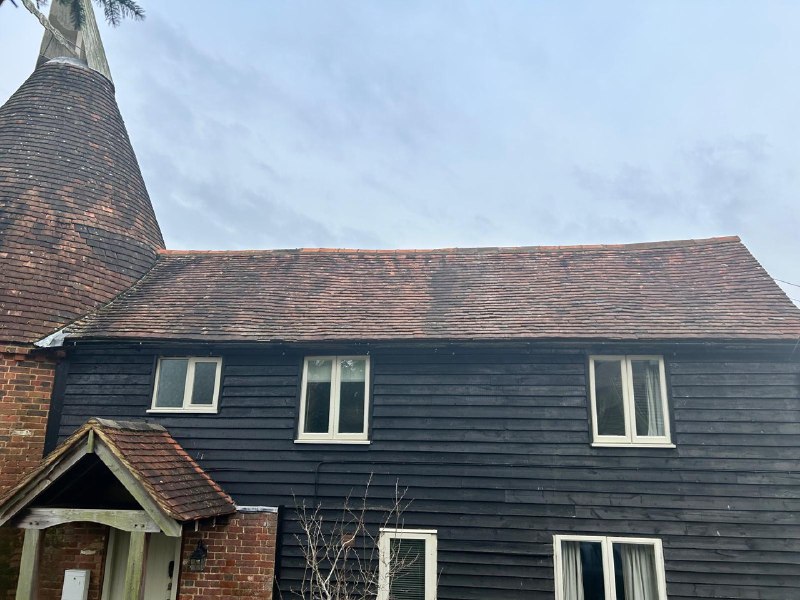Explaining the Process of Slipped Tile Repair Step-by-Step
Introduction: If not addressed promptly, slipped tiles on your roof can compromise its integrity, leading to water leaks, structural damage, and other issues. Repairing slipped tiles is essential for maintaining your roof’s functionality and longevity. In this blog post, we’ll provide a step-by-step guide to help you understand the process of slipped tile repair and ensure a successful outcome.
Step 1: Safety Precautions
Before starting any repair work, prioritise safety by ensuring proper ladder placement, wearing appropriate personal protective equipment (PPE) such as gloves and safety goggles, and being mindful of your surroundings. Avoid working on the roof during inclement weather or when conditions are hazardous.
Step 2: Gather Materials and Tools
Collect the necessary materials and tools for the repair, including replacement tiles, roofing adhesive or sealant, a caulking gun, a hammer, roofing nails, a pry bar or flathead screwdriver, and a ladder. Ensure that replacement tiles match the existing tiles’ size, shape, and colour for a seamless repair.
Step 3: Identify and Access Slipped Tiles
Inspect your roof from the ground or attic to identify slipped or displaced tiles. If needed, use binoculars to get a closer look at the roof surface. Once identified, carefully climb onto the roof using a secure ladder and locate the specific tiles requiring repair.
Step 4: Remove Adjacent Tiles (if necessary)
In some cases, adjacent tiles may need to be temporarily removed to access the slipped tile. Use a pry bar or flathead screwdriver to gently lift the neighbouring tiles and expose the slipped tile underneath. Take care not to damage surrounding tiles or roofing materials during this process.
Step 5: Realign and Secure Slipped Tile
Carefully lift the slipped tile back into its original position, ensuring proper alignment with adjacent tiles and roof battens. Apply roofing adhesive or sealant to the underside of the tile and press it firmly into place. Use roofing nails to secure the tile to the roof batten, driving nails through the nail holes provided in the tile.
Step 6: Replace Adjacent Tiles (if removed)
If adjacent tiles were removed, reinstall them in their original positions once the slipped tile has been secured. Apply roofing adhesive or sealant to the underside of each tile and press them firmly into place. Ensure proper alignment and spacing between tiles to maintain a uniform appearance.
Step 7: Inspect and Seal
Once all repairs are complete, carefully inspect the repaired area to ensure all tiles are securely in place and properly sealed. Check for gaps or cracks that may allow water infiltration and apply additional sealant to ensure a watertight seal.
Step 8: Clean-Up and Maintenance
Remove any debris or leftover materials from the roof surface and surrounding area. Perform regular roof maintenance to prevent future issues and prolong the lifespan of your roof. Look for any signs of damage or wear and address them promptly to avoid costly repairs down the line.
Conclusion: Repairing slipped tiles on your roof is a manageable task that can be completed with the right materials, tools, and techniques. By following this step-by-step guide, you can effectively address slipped tiles and ensure your roof’s continued protection and functionality.
Call us on: 01427 802 298
Click here to find out more about HJT Roofing Gainsborough
Click here to complete our contact form and see how we can help with your roofing needs.

